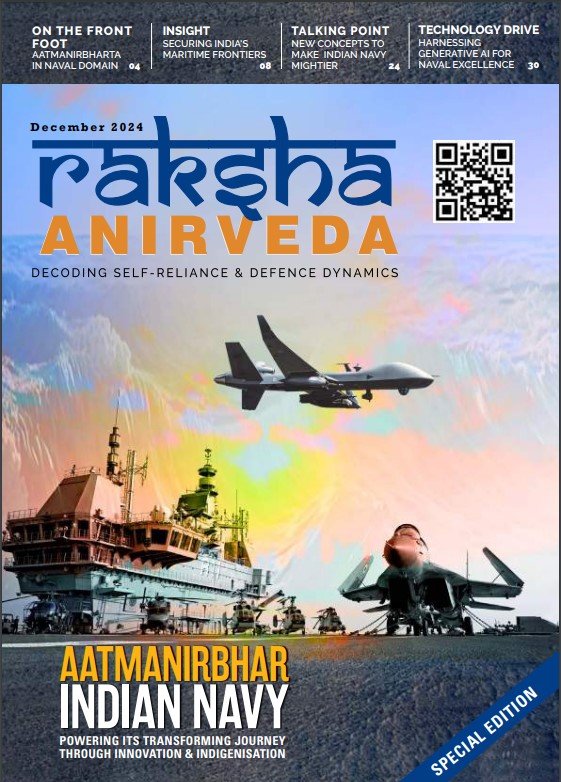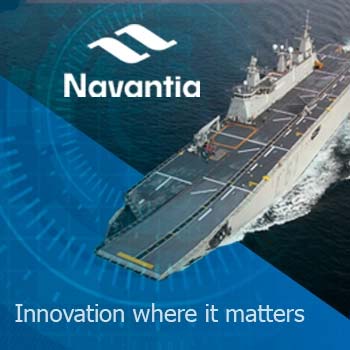Washington: Hovering over old Civil War-era farmland, a small quadcopter is told to go up 125 feet and then move 50 metres north of a specific target on the ground — in this case, a soccer goal. The drone rises and flies off. On the ground, there isn’t someone with a standard gaming stick controller manoeuvring the small drone. Rather, it is receiving all directions by someone’s voice.
“Doing that with the sticks is a lot of work,” Lee Ritholtz, CEO and co-founder of Primordial Labs, said during a recent demonstration of the capability at a local park in Leesburg, Virginia. “He just told it to do a lot of things that would have required a lot of manual engagement,” Ritholtz said of his senior product manager and former Marine Raider, Jordan Dross, who was in the midst of talking to the drone through its mission via a simple headset and push-to-talk radio.
Ritholtz and his co-founder Adrian Pope — both with roots at Lockheed Martin, including at Skunk Works, where they focused on advanced development programs and Sikorsky — created Primordial Labs in 2021 with the intent of developing technology that helps tackle large problems pervasive in human-machine interactions on the battlefield.
Defence technology often just recreates problems it intends to solve, such as cognitive overload, manpower requirements, physical workload and training burdens, Ritholtz said at the demonstration. Ritholtz worked extensively on the Stalker XE program and knew there was much to solve when it came to the ground control conundrum.
“People love the airplane, but people always said this ground control station software sucks, and we just didn’t have a better way of doing it at the time,” he said. “And that’s where Anura comes in.”
Dross said he was hired after spending his military career using Stalker XE and not sugar-coating its user experience during his interview. He had no idea at the time that Ritholtz had worked extensively on its development. The company developed the software Anura, which allows a human controller to simply speak to the drone to get it to do what they want.
“Some of the challenges that exist right now with the current set of interfaces for drones, for all kinds of robots … even using one robot, is overloading,” Ritholtz said. “We’re focused on new machine collaboration, two pieces that are really core to our mission, it’s easy and natural, and our focus … is about making it more human, the interaction more human.”















